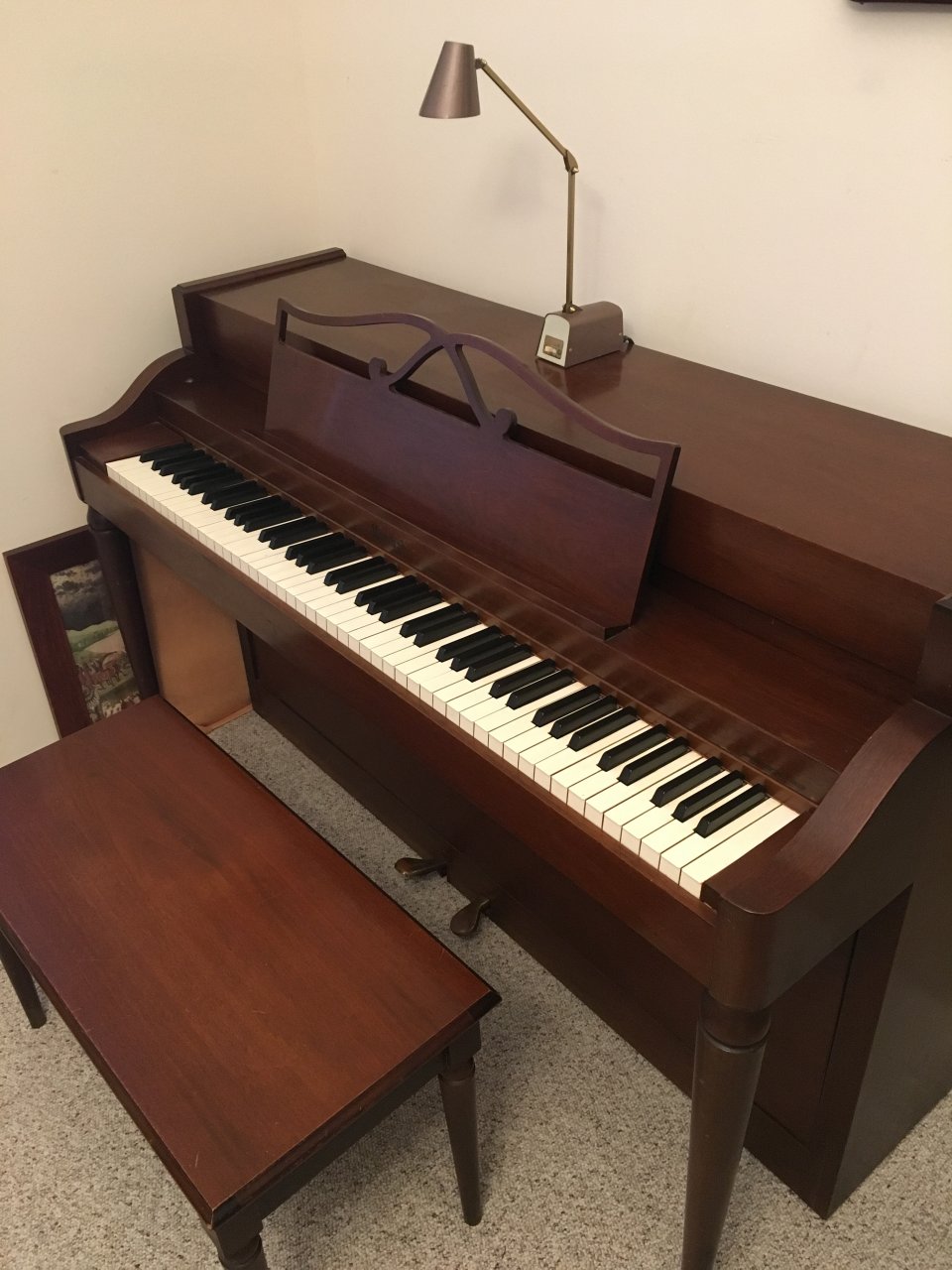Baldwin Spinet Piano Serial Number Location
- Posted in:Admin
- 04/01/18
- 15

Company History The company was founded in 1823 by Jonas Chickering and James Stewart. However, their partnership was dissolved four years later. In 1830, Chickering became partner with John Mackay under the name Chickering and Company and later changed to Chickering and Mackays until the death of senior Mackay in 1841.
The company was reorganized and renamed to Chickering and Sons in 1853 following the destruction of the company’s factory in December 1852 in a massive fire. The company became part of American Piano Company (Ampico) in 1908. Today, the name Chickering and Sons continues to be used as a piano brand under the Baldwin Piano Company, which bought the company’s assets and rights.
Serial Number. A true American classic piano, Baldwin sold 1000's of these and they are legendary for their reliability. Online Piano Valuations for 1000's of Piano Brands & Models. Piano Age Calculator with Serial Number Records from the Worlds Largest Online Piano Database.
Recognition and Contribution to the Field of Piano Development Technology The most notable contribution of Chickering and Sons piano manufacturing, to the development of piano technology, is their introduction of a one-piece cast iron plate to support the greater string tension of larger pianos. Jonas Chickering also invented a new deflection of the strings and in 1845 the first convenient method for over stringing in square pianos. Instead of setting the strings side by side, the company introduced substituting an arrangement of the string in two banks, one over the other. This does not only save space but also brings the powerful bass strings directly over the most resonant part of the sound-board, the principle which completes to this day in the construction of all pianos, both grands and uprights. In 1850, Henry Steinway (Steinweg), founder of Steinway and Sons pianos, showed interest and admiration to the Chickering piano after he saw the piano used during a musical tour in Boston. In 1867, the brand received the Imperial Cross of the Legion of Honor, one of the world's most prestigious non-military awards, given by Emperor Napoleon III for services to the art of music. The honor was only one of more than 200 awards Chickering has received over the years.
Chickering and Sons Pianos Serial Numbers - Piano Age Locate the age of your Chickering and Sons Piano within the chart found below: 1824 - 100 1825 - 316 1830 - 716 1835 - 1980 1840 - 4235 1845 - 6490 1850 - - - - - - - - - - - - 1 - 1 - 1 - 1 - 1 - 1 - 1 - 1 - 1 - 1 - 2 - 2 - 2 - 2 - 2 - 247477.
Contents • • • • • • History [ ] The company traces its origins back to 1857, when began teaching piano, organ, and violin in,. In 1862, Baldwin started a piano dealership and, in 1866, hired as a clerk. Wulsin became a partner in the dealership, by then known as D.H. Baldwin & Company, in 1873, and, under his leadership, the Baldwin Company became the largest piano dealer in the by the 1890s. In 1889–1890, Baldwin vowed to build 'the best piano that could be built' and subsequently formed two production companies: Hamilton Organ, which built reed organs, and the Baldwin Piano Company, which made pianos.
The company's first piano, an upright, began selling in 1891. The company introduced its first grand piano in 1895. A Baldwin Hamilton manufactured in 1968. Baldwin died in 1899 and left the vast majority of his estate to fund missionary causes.
Wulsin ultimately purchased Baldwin's estate and continued the company's shift from retail to manufacturing. The company won its first major award in 1900, when their model 112 won the Grand Prix at the in Paris, the first American manufactured piano to win such an award. Baldwin-manufactured pianos also won top awards at the and the 1914 Anglo-American Exposition. By 1913, business had become brisk, with Baldwin exporting to thirty-two countries in addition to having retailers throughout the United States. Baldwin, like many other manufacturers, began building in the 1920s. A piano factory was constructed in. The models became unpopular by the end of the 1920s, which, coupled with the beginning of the, could have spelled disaster for Baldwin.
However, the company's president, Lucien Wulsin II, had created a large reserve fund for such situations, and Baldwin was able to ride out the market downturn. During, the US War Production Board ordered the cessation of all US piano manufacturing so that the factories could be used for the US war effort. Baldwin factories were used to manufacture plywood airplane components for various aircraft such as the trainer and the stillborn Curtiss-Wright cargo aircraft. While the employment of wood components in military aircraft could by no means be considered a resounding success, lessons learned in constructing plywood aircraft wings ultimately assisted in Baldwin's development of its 41-ply maple pinblock design used in its postwar piano models.
After the war ended, Baldwin resumed selling pianos, and by 1953 the company had doubled production figures from prewar levels. Wynford Dore Program Exercises For Sciatica. In 1946, Baldwin introduced its first (developed in 1941), which became so successful that the company changed its name to the Baldwin Piano & Organ Company.